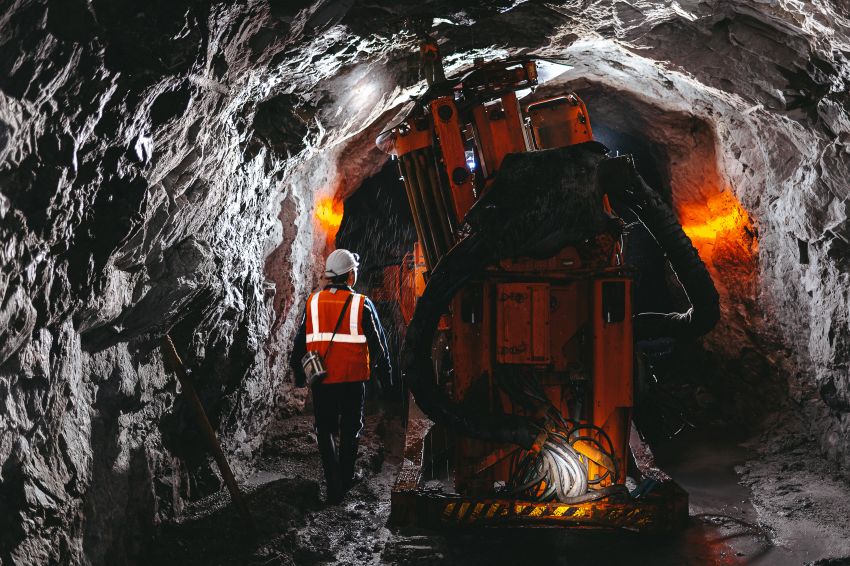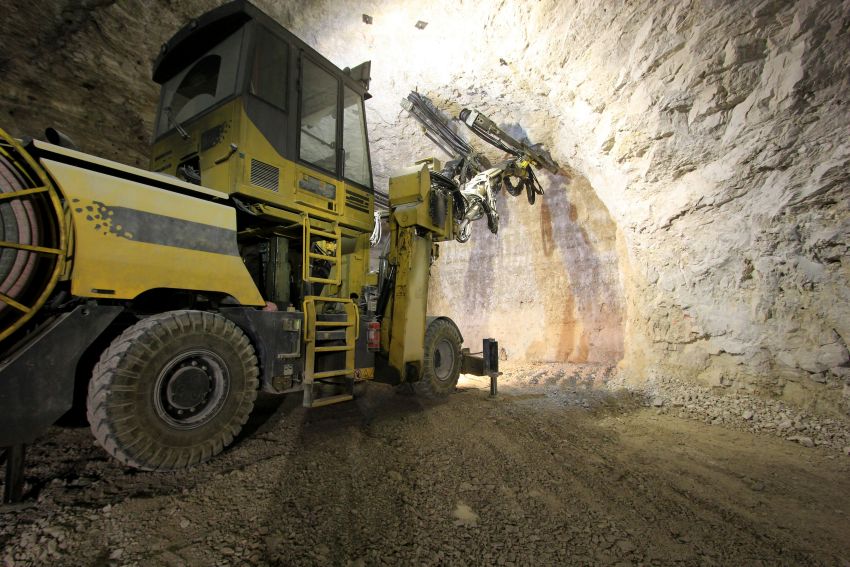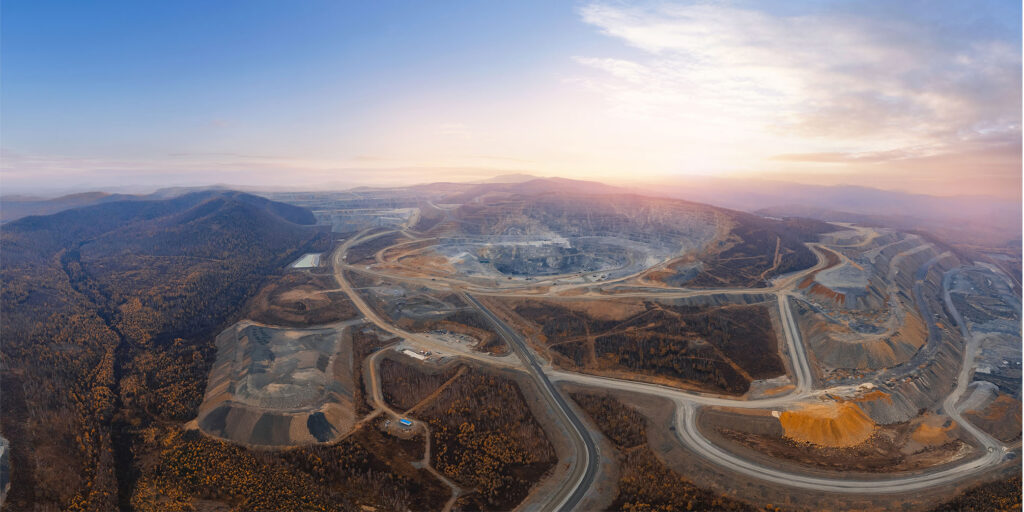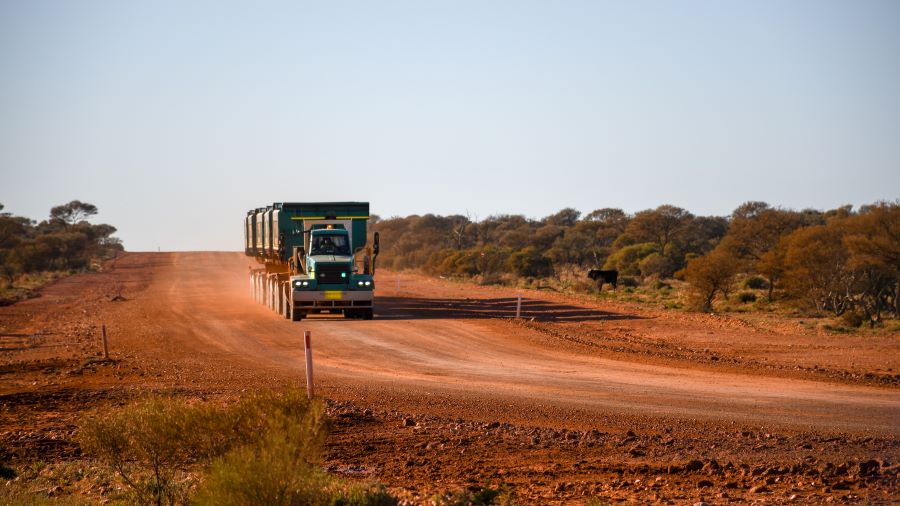When a global mining company needed to fill dozens of leadership roles across three continents simultaneously, they discovered that traditional recruitment approaches weren’t enough for ...
When the new CEO of a Saudi mining company assessed their operations in 2024, one challenge stood out above all others: people. The company had secured new exploration licenses and was poised for growth, but he knew success would depend on having the right leaders and skilled professionals in place.
His vision was ambitious: to recruit 50 experienced mining professionals within two years. But the mine’s remote location made traditional recruitment approaches ineffective. This case study discusses those challenges and describes how this mine site found a better way to manage project recruitment.
The results? In the first 6 months of talent acquisition, the HR team quickly submitted 62 qualified candidates for consideration, with 5 of those turning into signed contracts for senior, technical roles.
The challenge: Four hiring obstacles
For mines in Saudi Arabia, job postings through local sources typically don’t reach the global talent pool that they need. This mining company had a list of critical senior roles they needed to fill, from drilling directors and resource geologists to plant managers and maintenance superintendents, so they knew they couldn’t limit themselves to local hires.
The leadership team knew that with a global shortage of mining talent, they would have to try new approaches to hit their recruitment goals. So, the CEO did some research and decided to partner with Globe 24-7 to tap into our international network.
We identified four interconnected recruitment challenges that needed to be addressed:
1. Build Internal Global Recruitment Expertise
At the time, their HR team was primarily experienced with local recruitment within Saudi Arabia. “Saudi-based recruitment tends to focus on local advertising, which does not reach a larger pool of international candidates,” explains Tristan Rusch, Delivery Manager – EMEA at Globe 24-7. This meant many qualified candidates in other countries simply weren’t seeing these opportunities.
2. Attract Talent to a Developing Mining Region
Like many mining operations, the remote site location in Saudi Arabia required careful consideration of travel arrangements. “Most candidates need to plan their travel through the regional hub, Dubai, before continuing on to the site. This creates a more complicated journey than people might be accustomed to,” says Tristan.
“Because Saudi Arabia isn’t necessarily known for its mining, the talent pool is relatively small with regards to professional roles. Many of the staff start out in the oil and gas industry, and it takes time to develop the depth of knowledge in mining. So the idea was to get some really experienced candidates from Tier 1 mining companies that know good processes and how to implement them, then teach those best practices throughout the organisation.”
The tricky part is that finding the right senior-level people can be expensive, and trying to compete on price isn’t always an option for companies. “For example, if you’re trying to find a top senior exploration geologist, they are so in demand right now that, as a result, the market price for these sorts of candidates has just gone through the roof,” says Tristan.
3. Develop Competitive Packages for Global Talent
Competition for skilled senior people often forces mining companies to offer increasingly high salaries. “While Saudi mining companies offer competitive packages, candidates sometimes have misconceptions about compensation levels based on the country’s energy sector,” says Tristan.
“Our approach was to highlight this company’s total value proposition, which includes professional development opportunities, work-life balance considerations, and the chance to contribute to a growing operation.”
4. Create an Environment for Innovation
The business recognised an opportunity to increase innovation by bringing in a diverse group of people with international experience. The current workforce, while skilled, drew primarily from just a few countries. “The CEO’s vision was to create a truly global team where different perspectives and approaches could blend together, accelerating development for everyone on site,” he says.

Our Recommendations
To help the business achieve its vision for a truly global team, we established a structured approach to talent acquisition:
Targeted Global Outreach
We knew we needed to look beyond traditional recruitment channels. “Finding qualified candidates for these roles required an intensive global search. We reached out to more than 200 candidates across South America, Africa, Australia, and Canada,” says Tristan. This broad geographical approach helped identify professionals who were prepared for the site’s logistical realities.
Smart Compensation Strategy
We recommended running a local salary benchmarking exercise to position their packages competitively. “We targeted candidates in roles with undesirable rosters or salaries, particularly those already working in Saudi Arabia under challenging conditions,” Tristan explains.
Build a Diverse Team
To help create the multinational environment the CEO wanted, we deliberately sourced candidates from multiple regions. “Our role involved sourcing diverse candidate lists, including South African, Australian, and Ghanaian candidates, among others,” notes Tristan.
Clear Recruitment Priorities
We started by identifying the most urgent roles needed for their expansion plans. “We identified key vacancies: a Plant Manager, a Drilling Director, a Resource Geologist, and a Maintenance Manager,” Tristan adds. “The Drilling Director role was particularly critical because they had received exploration permits from the Saudi government and needed to build an exploration team immediately.”
Together, we developed a priority-based roadmap for filling all 50 positions, focusing first on roles that would enable the new exploration permits to be utilised.

Delivering quality candidates over quantity
We took a long-term partnership approach with the producer and started finding them the right candidates with our retained partnership model.
“Our retained model allows us to act as an ongoing recruitment partner rather than a typical contingency recruiter. This ensures a thorough process with continuous collaboration,” explains Tristan. The process included a structured payment model that incentivised quality over speed. “Unlike contingency recruiters who move on if they don’t find a fit quickly, we persist until the role is successfully filled.”
This approach meant we could:
- Take time to thoroughly understand each role’s requirements
- Build relationships with passive candidates who weren’t actively job hunting
- Conduct detailed screening before presenting candidates
- Provide consistent updates and feedback throughout the process
- Support both candidates and hiring managers through the entire recruitment journey
Meanwhile, the CEO worked on improving the overall employee experience. The business was committed to improving the culture on site and aligning it with international standards, making these roles more attractive. This commitment to creating a positive work environment supported our efforts to attract high-caliber international candidates.

Results: Building a foundation for growth
The partnership quickly delivered tangible results. The mining operation made significant progress in the first 6 months:
- 16 unique roles have been worked on across the organisation
- 62 qualified candidates submitted for consideration
- 23 interviews conducted with promising professionals
- 5 business-critical, senior hires successfully made, with more candidates currently at offer stage
These strategically significant placements allowed them to:
- Begin building their exploration team to capitalise on new permits
- Strengthen operational teams across multiple sites
- Create a more diverse leadership culture with candidates from various regions
- Establish consistent standards for workforce management
- Create more collaborative working environments
What started as a recruitment challenge has now become a strategic advantage.
The CEO’s vision for building a strong technical team is becoming reality, with experienced professionals now in place to drive their growth plans forward.




